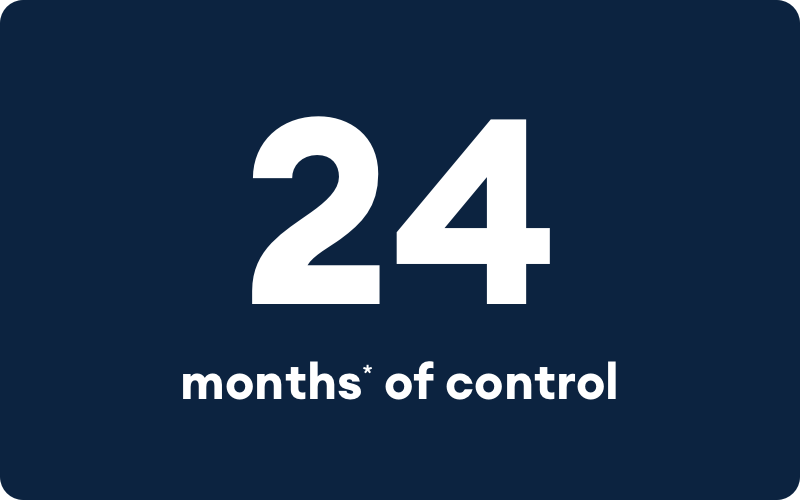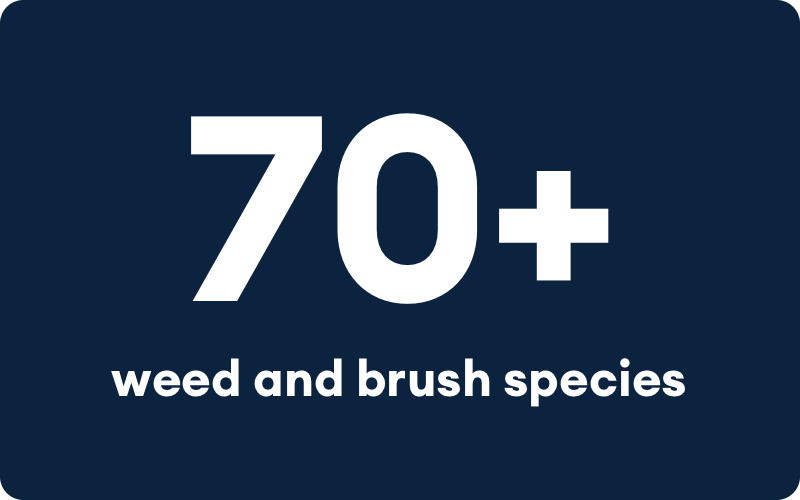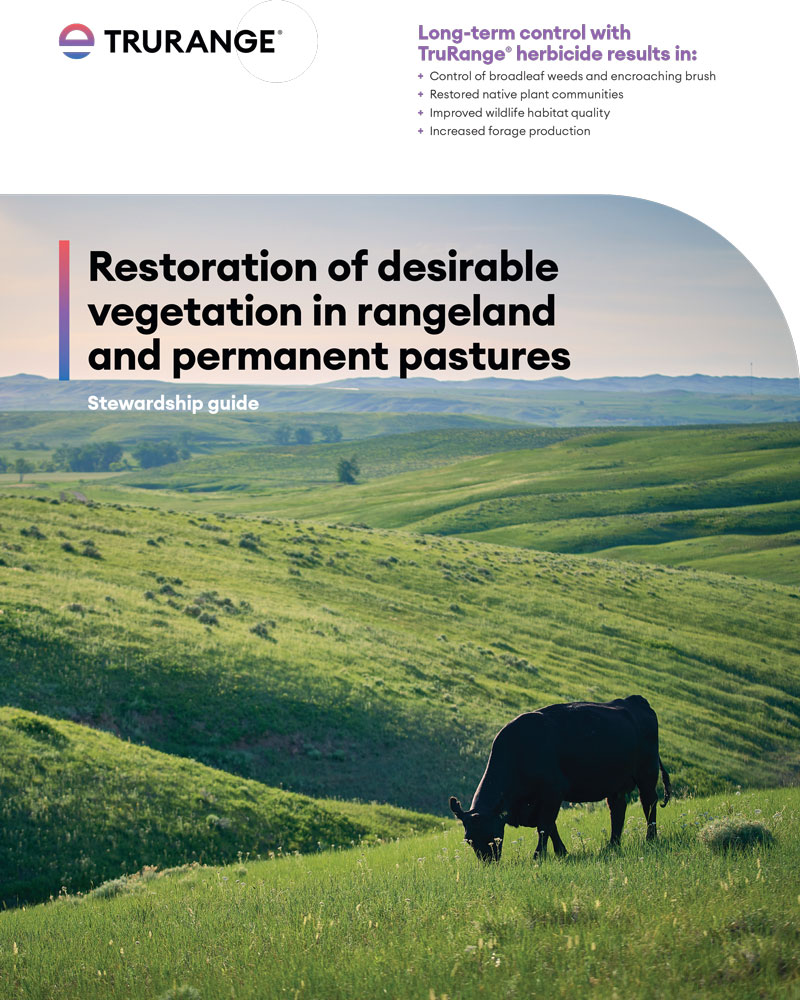Improved Pastures, Stronger Cattle.
Your cattle are your legacy, and their health starts with quality forage. TruRange® herbicide helps to control the weed and brush species that rob your herd of the nutrients they need — and the advantages just keep adding up. With healthier pastures comes better grazing, improved weight gain, and a stronger herd. Take back your pastures so you can get back raising the best cattle possible.






